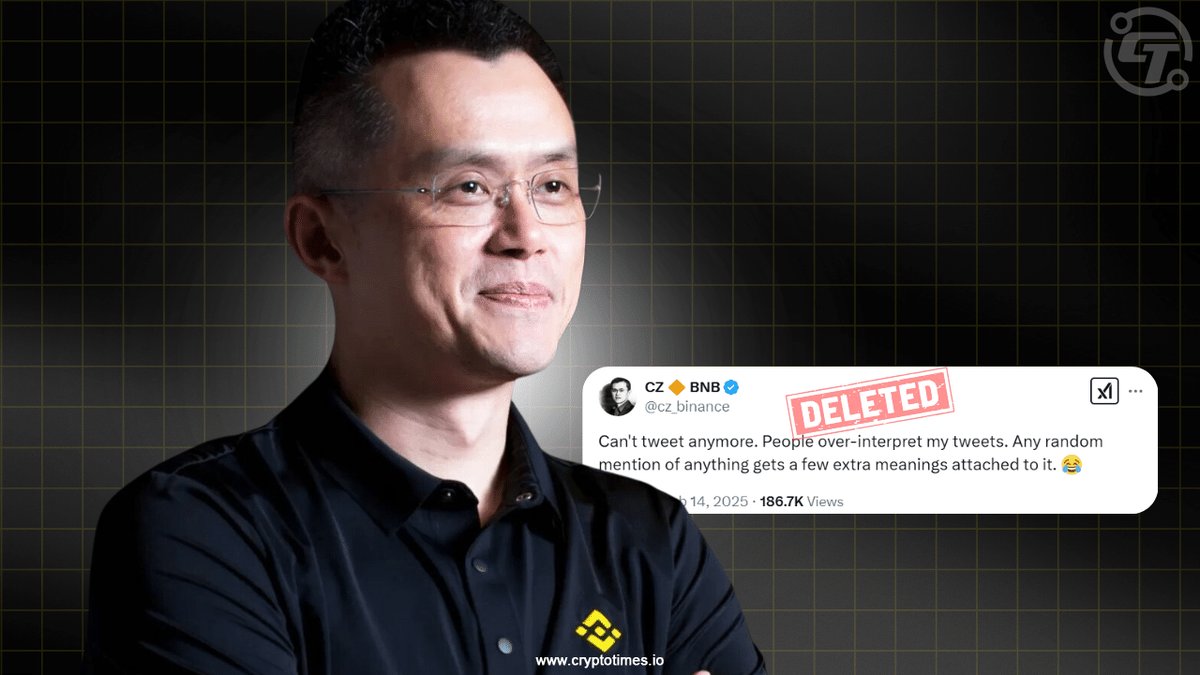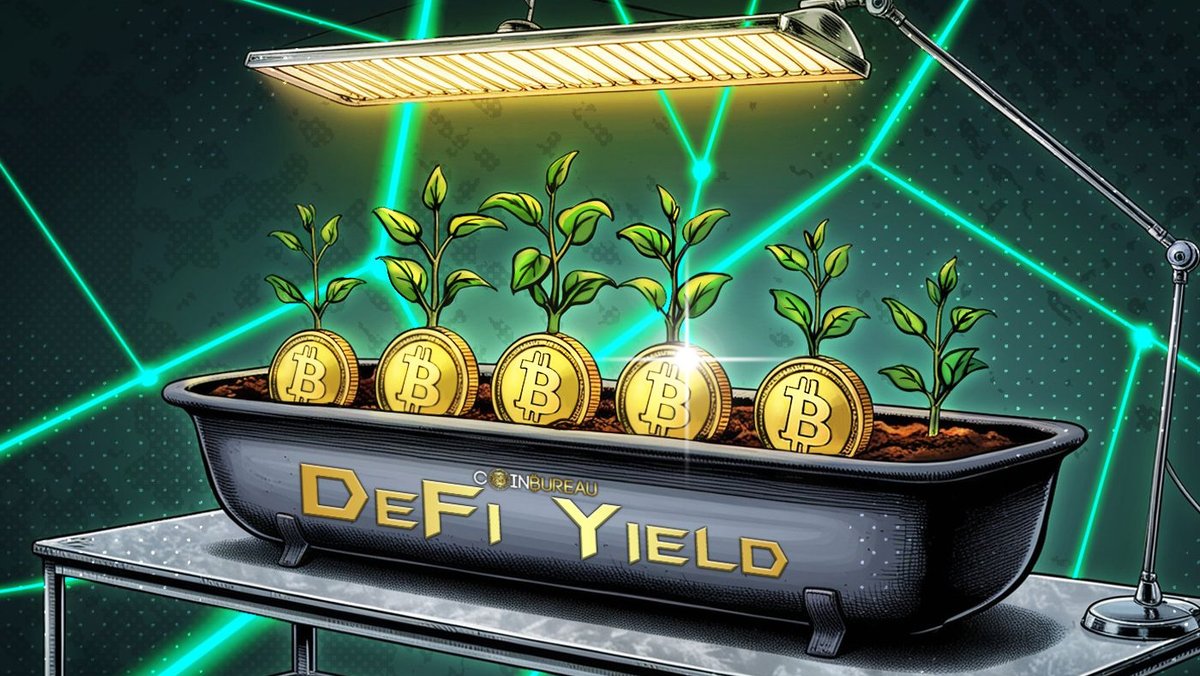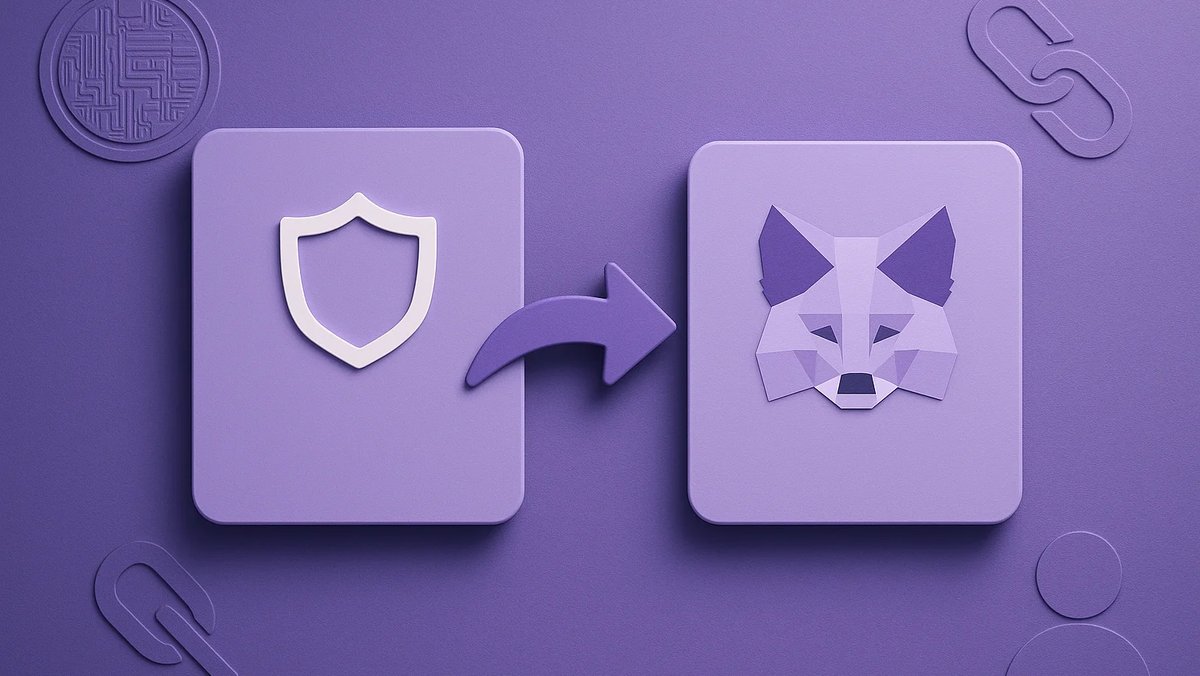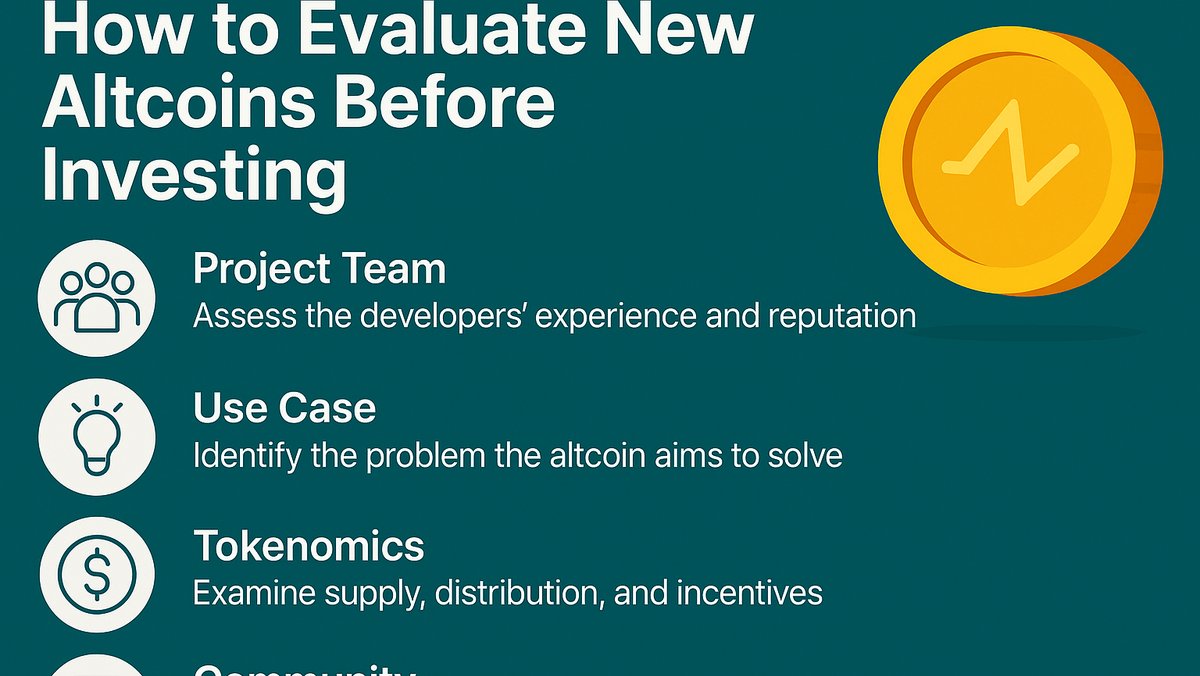Over-trading isn’t a strategy error; it’s a psychology problem amplified by modern platforms. This long-form breaks down the real drivers—FOMO, illusion of control, dopamine loops, and cognitive bias—and gives a concrete playbook to trade less, but better
Ask any experienced trader how performance gets destroyed and you will hear the same confession: over-trading. The irony is that most traders already know it hurts, yet they still click. That’s because over-trading is rarely a technical problem; it is a psychological and environmental loop that rewards action over judgment. This article dissects why we over-trade and lays out a practical protocol to end the habit without dulling your edge.
The Real Culprit: Our Brain’s Reward System
Markets pay on a variable reward schedule—sometimes a click yields a big win, most times it doesn’t. Variable rewards are the most addictive kind, lighting up dopamine pathways that push us to repeat the behavior even when the math is negative. Every micro-green candle, every notification, every PnL tick is a potential cue. Over time, the brain learns that action equals possibility, and possibility feels better than patience. The result: trades taken without full setups, partial information treated as certainty, and an internal narrative that says, “I’ll manage it later.”
Psychological Drivers That Feed Over-Trading
- FOMO (Fear of Missing Out): Recency bias makes the most recent rally feel representative of the future. We chase the last move instead of the next high-probability setup.
- Illusion of Control: Because the platform responds instantly, we confuse control over execution with control over outcome. Quick entries and exits create a false sense of mastery.
- Confirmation Bias: We seek evidence that validates our impulses, not tests them. A single tweet becomes “confluence.”
- Loss Aversion & Sunk Cost: After a small loss we “need one more trade” to get back to even, converting a plan into a chase.
- State-Dependent Decisions: Fatigue, boredom, or stress narrows our time horizon; we trade to change how we feel, not because the setup improved.
Structural Causes You Can Actually Change
- Too Much Screen Time: Seven hours of flickering order flow makes every wiggle look investable. Time exposure multiplies noise.
- Low-Timeframe Tunnel Vision: The lower you go, the easier it is to mistake randomness for signal. Lower timeframes are for execution, not thesis creation.
- Gamified Platforms: Sounds, confetti, and instant PnL nudge you toward action. Tools are not neutral; design pushes habits.
- Undefined Invalidation: If a setup doesn’t have a clear where I’m wrong, the mind will invent new reasons to keep clicking.
What “Discipline” Really Means
Traders romanticize discipline as willpower. In practice, discipline is a system of pre-commitments that makes doing the right thing easier than doing the wrong thing. If your rules depend on mood, you don’t have rules—you have preferences. The cure for over-trading is not to become a monk, but to design an environment where waiting is the default and action must be justified.
A Playbook to Trade Less, But Better
1) Define Your “A-Setups” by Checklists
Create a one-page checklist for each strategy that must be satisfied before entry. Examples: higher-timeframe trend aligns; level reclaimed and accepted; volume confirmation; funding/basis neutral; risk/reward ≥ 2R; clear invalidation that is observable on close. If one box fails, the trade is a pass. Make the checklist printable and keep it visible.
2) Time-Box Your Sessions
Decide your two prime windows (e.g., 60 minutes at London open, 60 minutes into New York). Outside those windows you are flat and offline. Fewer decisions, higher quality. The most expensive trades are those placed in boredom hours.
3) Put Friction Between Impulse and Click
- Use order templates with default stops and position sizes so you never “forget” risk.
- Disable one-tap market orders; require a confirmation that shows risk in R, not just quantity.
- Hide real-time PnL during the trade; watch the chart and levels, not your feelings.
4) Quotas and Circuit Breakers
- Daily loss cap: −2R and you are done for the day. No exceptions. Tomorrow exists.
- Trade count cap: Maximum 3–5 trades/day; once used, you shift to review mode.
- Cooling period: After any stop-out, wait 15–30 minutes. Let chemistry normalize before the next decision.
5) Expectancy Dashboard (Know Your Numbers)
Track these four metrics weekly: (1) trades taken vs. A-setups available, (2) average R multiple by setup type, (3) win rate within A-setups vs. non-A setups, (4) net PnL contribution by time window. Most traders discover that 70–90% of profits come from 10–20% of trades; the rest are noise tax.
6) Pre-Mortem and Post-Mortem
Before entry, write a two-line pre-mortem: “It failed because ____; I will know it’s failing if ____.” After exit, review screenshots and grade the decision, not the outcome. Over time, this produces a personal “black box” of what truly works for you.
Designing an Environment That Rewards Patience
- Screen Layout: Keep only the timeframes that inform your process (e.g., 4H, 1H, 5–15m for execution). Close the rest.
- Notification Diet: Silence nonessential alerts. Market noise is a tax on attention.
- Recovery Rituals: Walk, stretch, drink water after intense sequences. A regulated nervous system makes better trades.
Mini Case Study: The Three-Trade Day
Consider a trader who averaged 18 trades/day with flat performance. After implementing a checklist, time-boxing, and a 3-trade cap, trade count fell to 4.2/day while the average R per trade rose from 0.08 to 0.46. The win rate barely changed; quality, not accuracy, drove improvement. This is typical: the edge comes from cutting low-quality attempts, not from predicting more precisely.
Mindset Reset
Your job is not to catch every move; it is to catch the repeatable ones. When nothing lines up, doing nothing is a professional decision, not a missed opportunity. Build a process that celebrates passes as strongly as wins. Reward yourself for following the plan, not for lucky outcomes.
Bottom Line
Over-trading is the visible symptom of an invisible loop: dopamine, bias, platform design, and vague rules. Break the loop by changing the environment, codifying your A-setups, inserting friction, and enforcing circuit breakers. Trade fewer times with more intention, and let the numbers—not the noise—prove the difference. In trading, less is not only more; it is often the only path to sustainable performance.







